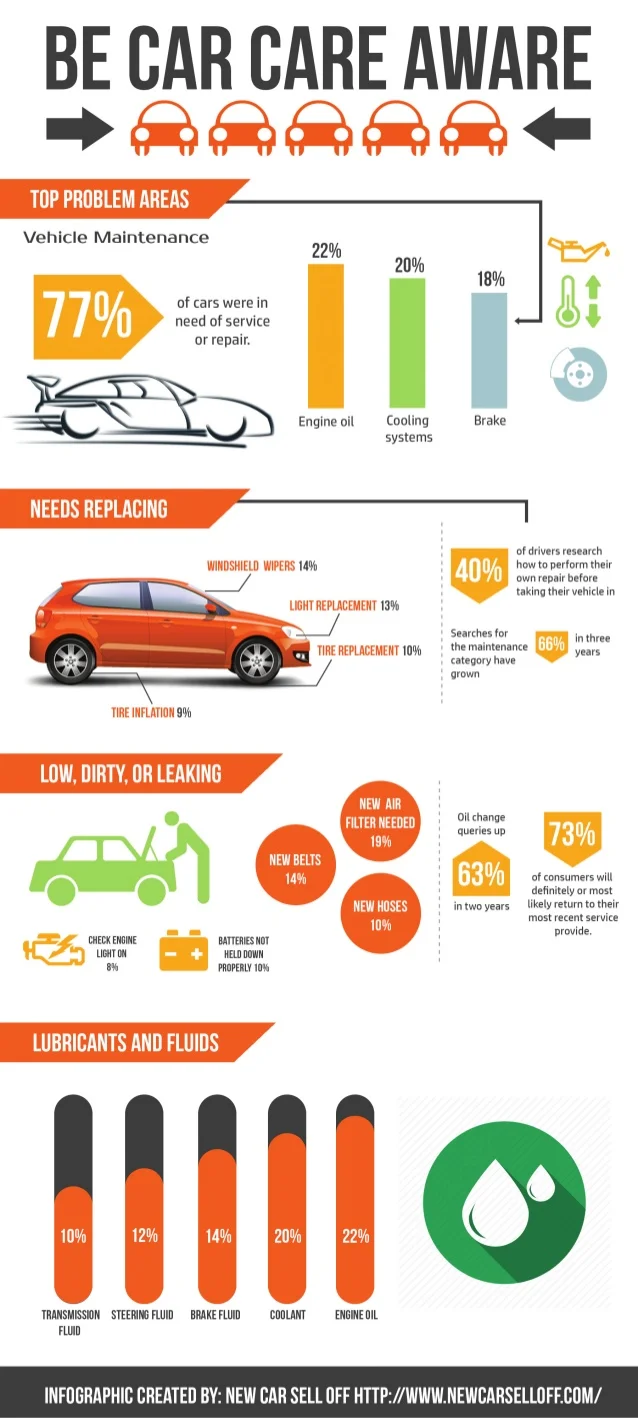Determining The Most Typical Caution Indicators On Your Control Panel And Their Meanings
Determining The Most Typical Caution Indicators On Your Control Panel And Their Meanings
Blog Article
Post Created By- read article
When you're behind the wheel, those dashboard warning lights can be a real secret. But did you understand that deciphering them can conserve you from prospective auto problems later on? From the ominous check engine light to the refined oil pressure caution and the ever-important battery light, every one functions as an important signal from your car. It's time to clarify these typical dashboard warnings and outfit on your own with the knowledge to navigate the roadway ahead.
Understanding the Examine Engine Light
When your dashboard illuminates with the check engine light, it is very important not to panic but to take prompt action. The check engine light serves as a warning that your car's onboard analysis system has spotted a potential concern with the engine, discharges, or various other vital parts. Disregarding this light can lead to more severe issues down the road, so it's vital to address it immediately.
To comprehend the source of the concern activating the check engine light, you can make use of an OBD-II scanner to obtain the particular problem codes stored in your lorry's computer system. These codes offer important details that can help identify the underlying trouble.
While some problems causing the check engine light might be small, such as a loosened gas cap, others could suggest more considerable concerns that require professional focus.
Translating the Oil Stress Warning
Upon seeing the oil pressure warning light on your control panel, instant attention is vital. This warning indicates that the oil pressure in your engine might be too reduced, which can bring about severe engine damage if not addressed immediately. Low oil pressure can be caused by a variety of concerns such as a leakage, a faulty oil pump, or low oil degrees. Overlooking this alerting light might cause expensive repair services and even engine failing.
If you see the oil pressure advising light begun, the primary step is to safely pull over sideways of the roadway and switch off your engine. Check the oil level making use of the dipstick and ensure it's at the suggested level.
If the oil degree is reduced, top it up with the appropriate oil for your automobile. If the oil degree suffices, do not proceed driving and seek help from a technician to diagnose and fix the concern promptly. Remember, preserving proper oil pressure is essential for the health and wellness and long life of your engine.
Translating the Battery Light
To decode the relevance of the battery light on your dashboard, you should comprehend its important duty in your lorry's electrical system. When the battery light brightens while you're driving, it indicates that the electrical system isn't getting adequate power from the battery.
This could be due to a falling short battery, a defective alternator, or concerns with the billing system. Neglecting this advising light can cause your vehicle stalling or being unable to begin.
If the battery light comes on, it's advised to safely pull over and have your lorry examined by a technician asap. They can execute diagnostics to pinpoint the underlying concern and prevent a prospective breakdown.
Final thought
Now that you know exactly how to determine one of the most common caution lights on your dashboard and what they mean, you can attend to any possible issues promptly. Remember, the check engine light, oil pressure caution, and battery light are very important indications of your vehicle's wellness. Stay notified, stay risk-free, and maintain your auto running efficiently by taking notice of these indication.
